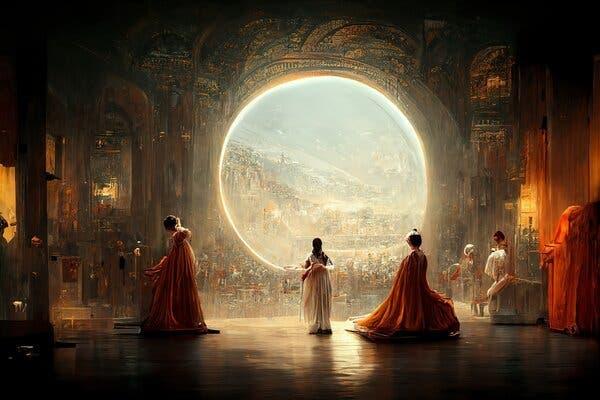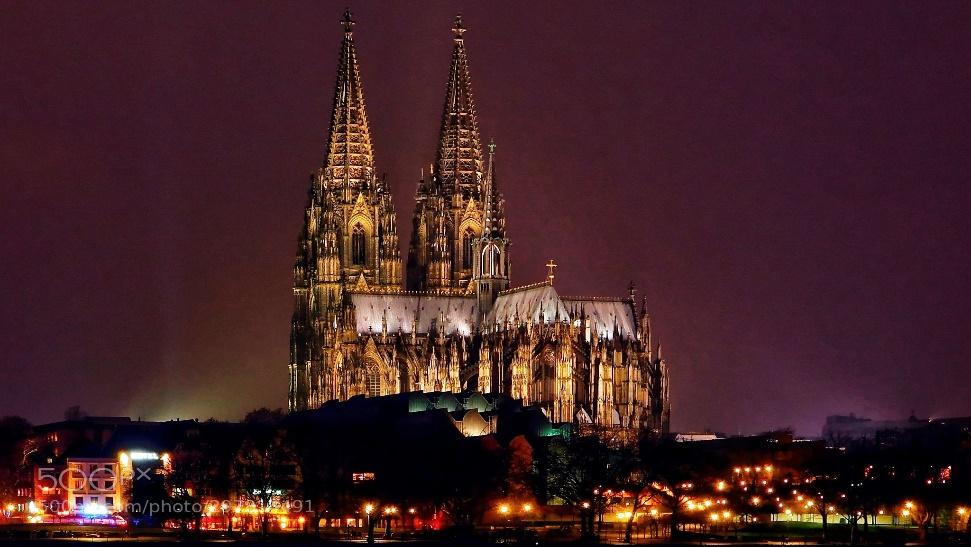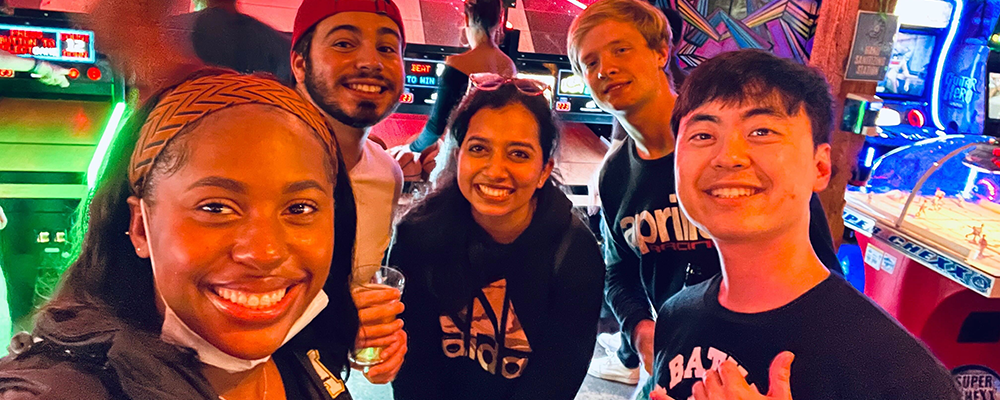Art generated by artificial intelligence has become increasingly prominent over the last few years. In a world where many artists already struggle to make a living, the use of AI must be regulated to ensure artistic careers remain viable. Goldman Sachs projects that 26 percent of all work by professional artists and designers could be replaced by AI soon [1]. AI is undeniably a useful tool, but its usage should be heavily monitored.
Here at the Institute, we are encouraged to steer away from using generative AI for coding tasks, but are able to use it to edit written reports. I think these guidelines are sensible, as it forces us to critically analyze each line of code while also reducing time spent on repetitive grammatical checks. As AI will play an increasingly dominant role in our lives, I figure now would be a great chance to explore the inevitable threat AI poses to artists and potential governance strategies.
AI platforms like DALL-E and Runway ML are already exceptional platforms for generating detailed images from a few lines of text. Artists have already sounded warning signs, as its widespread adoption threatens to replace them. Jason Allen attracted controversy when he took home first prize at the Colorado State Fair’s annual art competition with a painting generated by Midjourney, an AI platform used to create ultrarealistic images [2]. While some accused him of cheating, others have touted AI as just another tool for artists to leverage. I have personally found generative AI helpful for brainstorming and jumpstarting the creative process.

The issue arises when AI carries the heavy lifting for both brainstorming and creation of the final product. I think the rise of AI has forced us to redefine what art is. Is art an exclusively human endeavor, or can AI function as a legitimate collaborator? One might argue that AI-generated art is still fundamentally a human creation, as AI was designed by humans, and humans are still required to input the prompts. AI art in particular seems to strike a nerve with many people, possibly because art seemed like one of the few things untouched by the rise of machines. AI punches a hole in our collective self-esteem, as it now reveals that what made us most unique can now be replicated in seconds. It seems we’ve arrived at a turning point where the answer lies in reimagining what we value in art. I think we should center our values around supporting human artists, even at the cost of speed, detail, and profit.
While I certainly think AI-generated art is a fantastic tool for automating repetitive tasks like slide design, making quick logos, and tedious editing, I still think a great deal is lost when AI-generated art is used as a crutch. The overreliance on AI has the unintended consequence of losing touch with the process of generating art. Creating meaningful art has historically taken a painstaking amount of time, which is where artists were allowed to hone their craft and learn more about themselves in the process. The Sistine Chapel took four years to finish, the Taj Mahal took 22 years, and the Gothic cathedral in Cologne took over 600 years to finish. More recently, Francis Ford Coppola revealed he has been trying to get his newest film “Megalopolis” made for over 50 years. It was released in theaters to widespread critical and audience mockery. It’s ruthless that one can put their whole life’s work into a project for it to be torn to shreds the moment it’s released.

The massive time investment and vulnerability required to open your art up to criticism is one of the most beautiful things about the process. Where is the joy in operating through a command line? Where is the sense of self-accomplishment? Each of the artists who worked on these projects wouldn’t have learned much about their craft if AI had been available to generate the work for them. One of the most valuable lessons we gain is understanding what didn’t work. Failure is a given in the artistic world, but also makes for the best teacher. When AI can flawlessly replicate images with every detail, we lose the ability to grasp the iterative process behind creating art. Outsourcing that demanding process to an algorithm is inauthentic and cheapens the experience.
I also worry AI will limit our long-term creativity. Since AI relies on historical data to generate new content, we may struggle to push new boundaries. A worrying trend is that AI-generated news articles are now starting to train themselves on AI-generated content. The result is a collective degradation in writing quality as the content becomes increasingly diluted. Anecdotally, I’ve seen a rise in the number of articles that appear to be written by AI. They are often simple, unengaging, and skeletal pieces without nuance. I worry the internet will slowly become consumed by this ever-diluted AI “slop.”
Another issue is the rampant copyright infringement AI models employ to generate better results. A recent lawsuit was filed against Midjourney, alleging it stole copyrighted material from thousands of artists like Norman Rockwell and Wes Anderson to train its algorithm [3]. AI platforms have historically done little to prevent copyright infringement, instead choosing to collect data and ask for forgiveness later. The use of deepfakes generated by AI has also increased at an alarming rate, which is concerning as they are frequently used to target women. These deepfakes are not only nonconsensual but often have no guardrails to prevent minors from being targeted. A recent lawsuit in Spain was filed against a group of schoolchildren who used AI to generate sexual deepfakes of their 15-year-old classmate [4]. There is little being done to stop similar cases from happening in the future, and I worry our politicians aren’t equipped to handle the complexity of regulating the AI industry.
While AI is certainly useful in small doses, I think it should be directed toward repetitive tasks that don’t threaten artists’ livelihoods. The easiest way to make an impact is to support the local artists in your community and push for legislation regulating AI. Artists have an essential role to play in providing joy, challenging conventions, and deepening our understanding of the world. Creative tasks should be left to humans, even if they operate slower and at a higher cost. The difficulty of creating art is the whole point. Don’t cheapen the experience to save time, take the long road.
References
[1] Forbes: How Generative AI Will Change The Jobs Of Artists And Designers (forbes.com)
[2] NYT: AI-Generated Art Won a Prize. Artists Aren’t Happy. – The New York Times (nytimes.com)
[3] NBC: A list going viral reveals famous artists whose work was used to train AI generator (nbcnews.com)
[4] The Independent: Spain court sentences 15 schoolchildren for spreading AI-generated naked images of classmates | The Independent
Columnist: Joseph Adams
